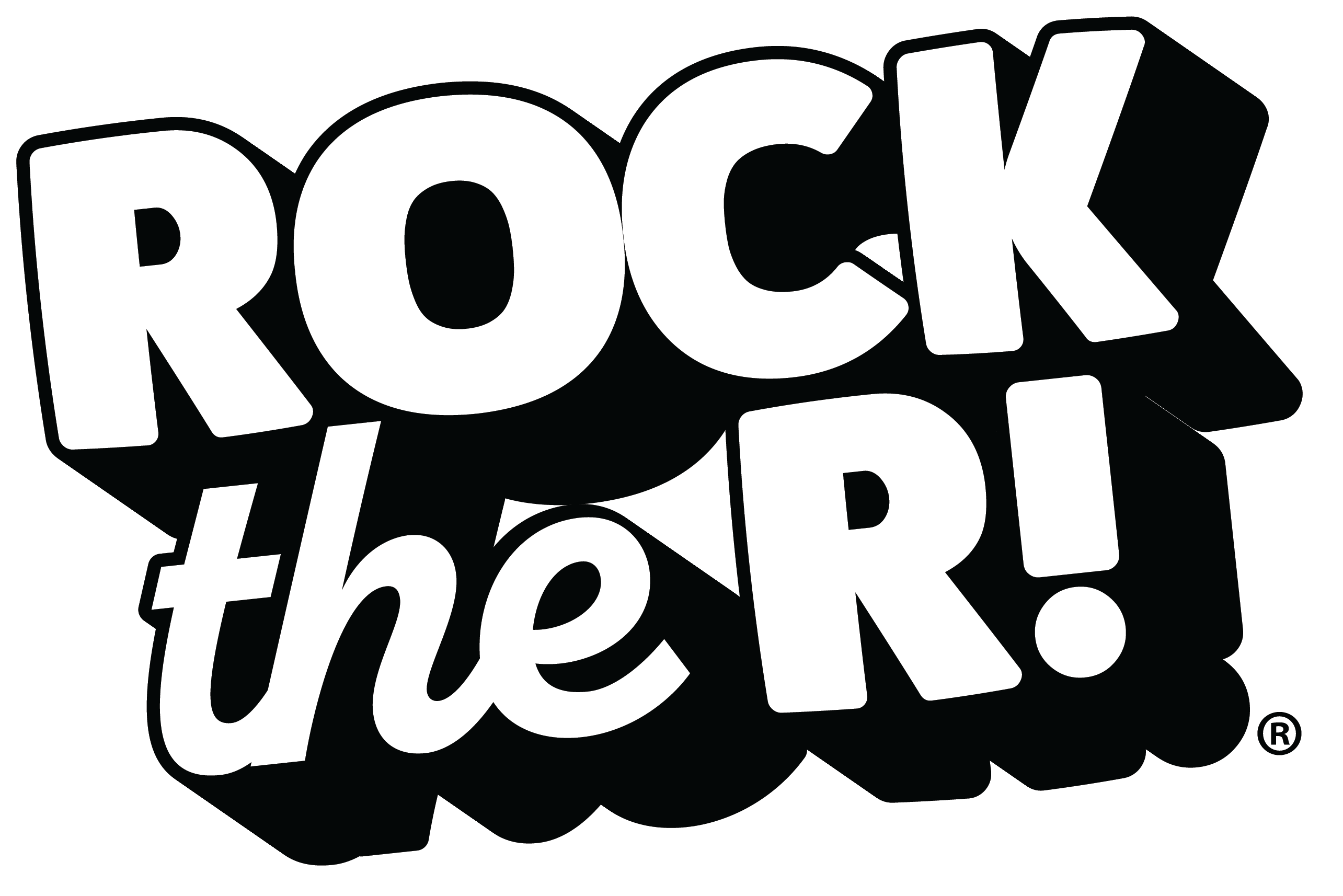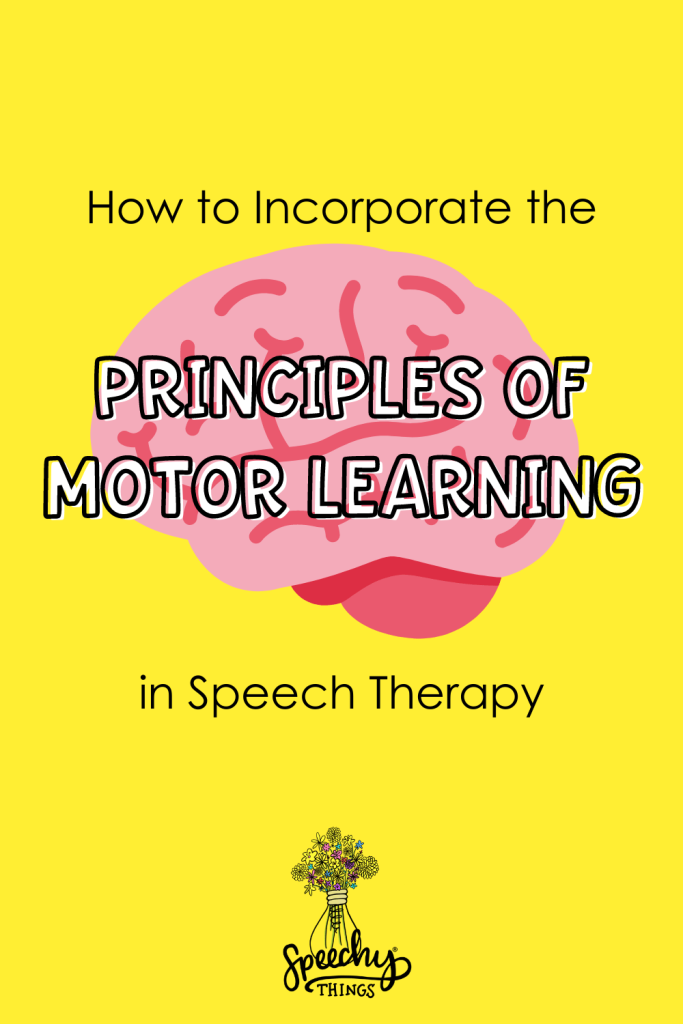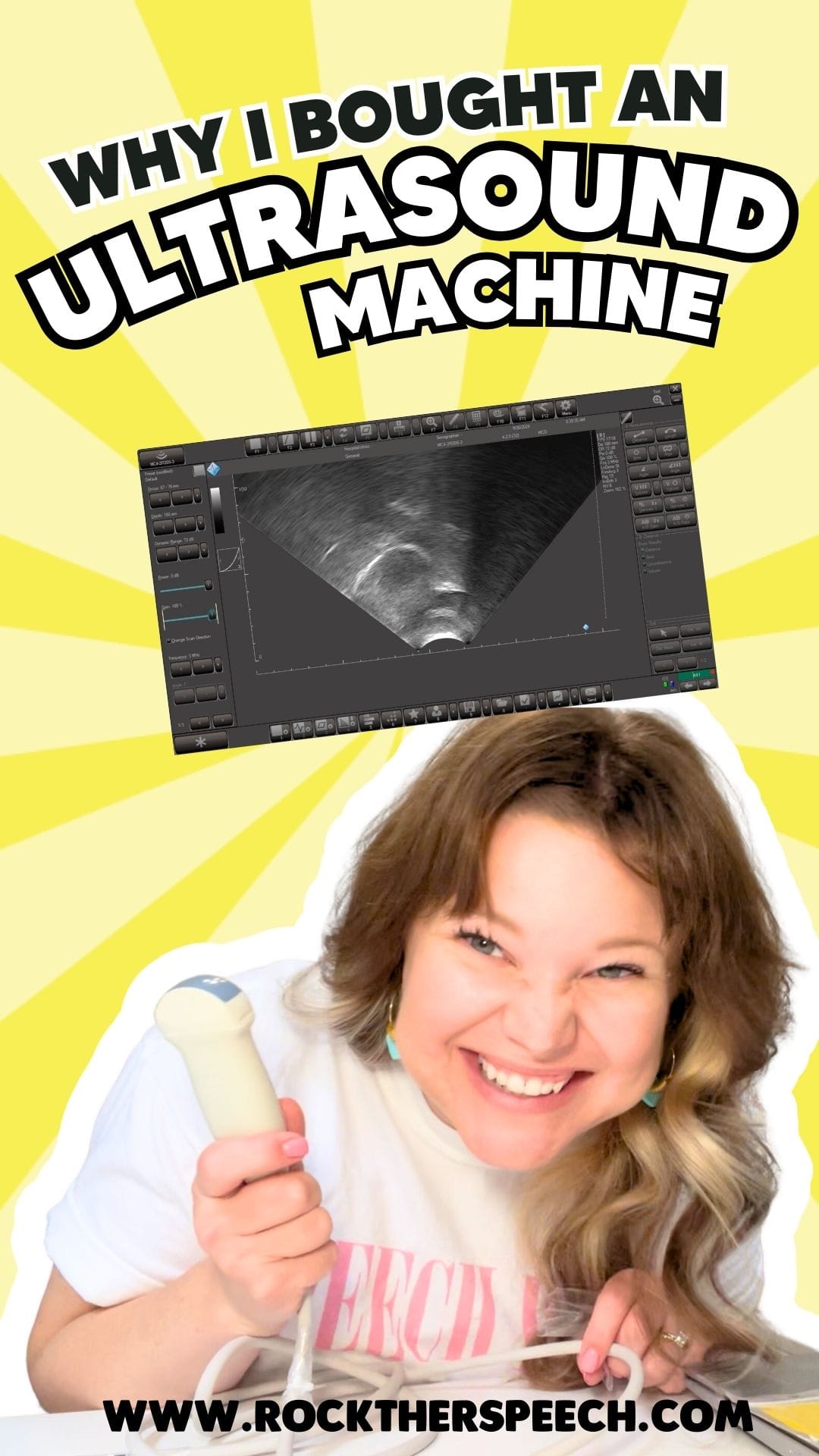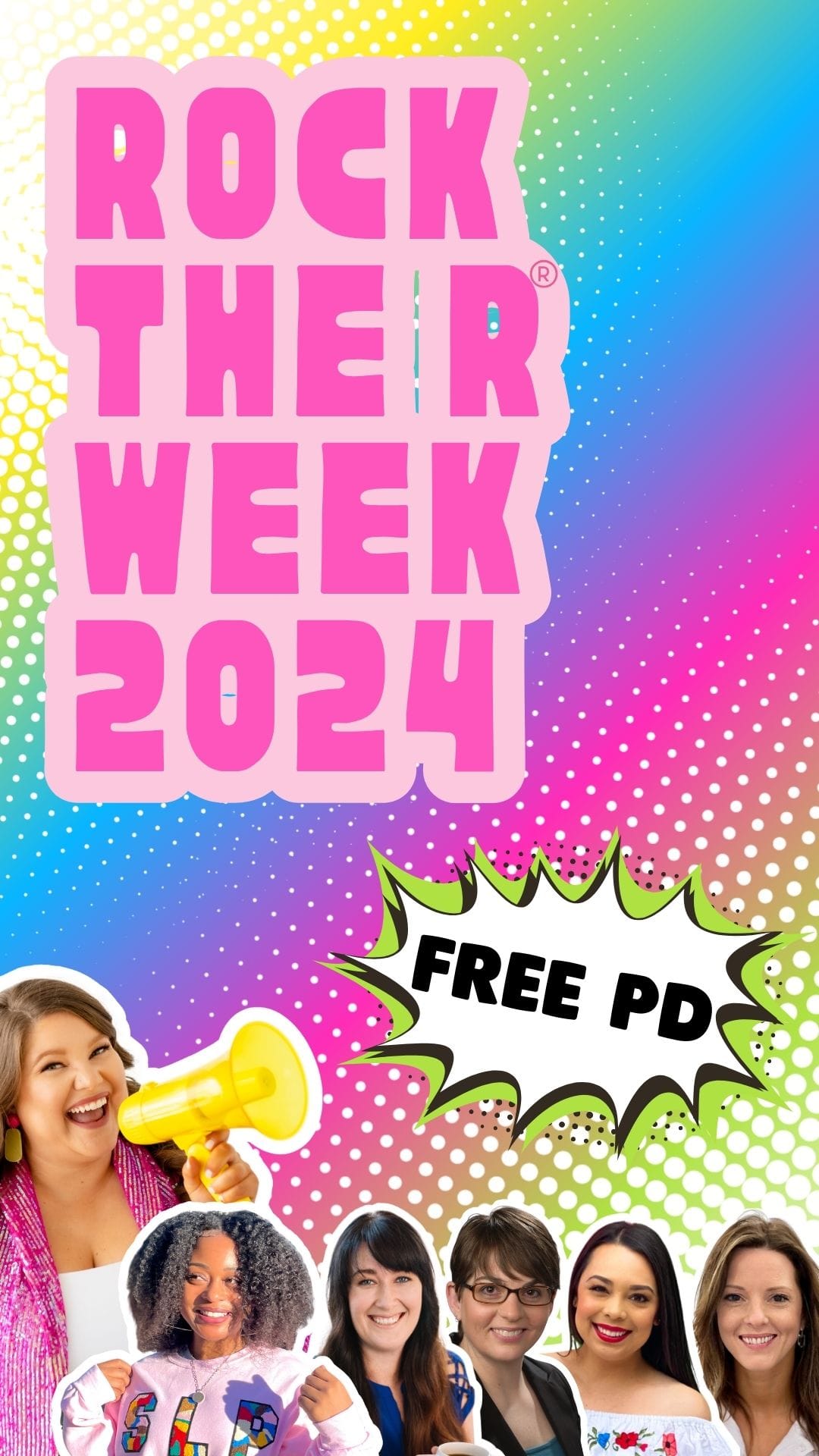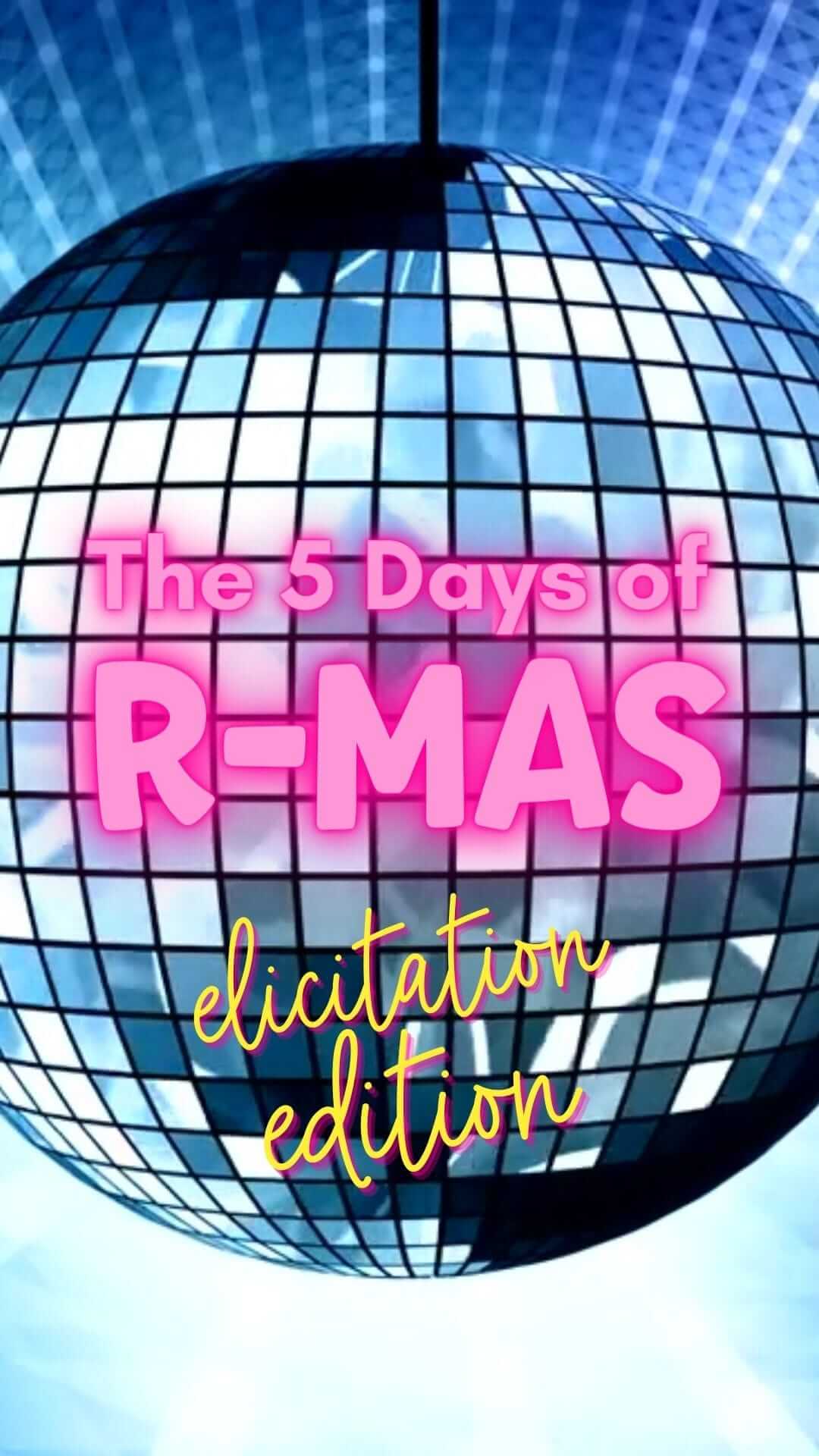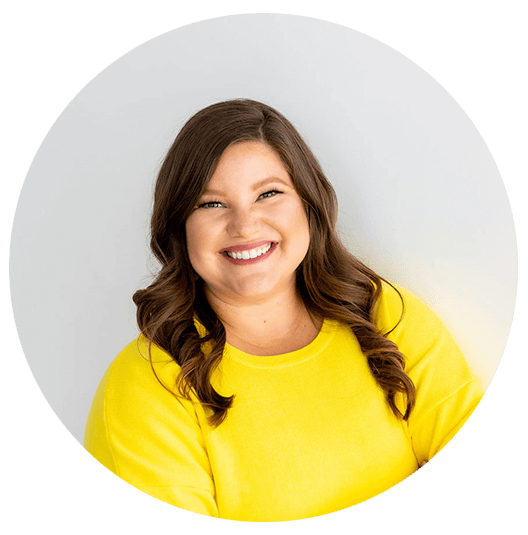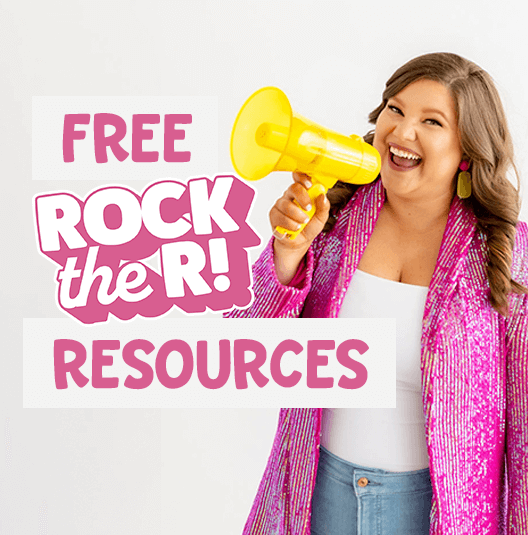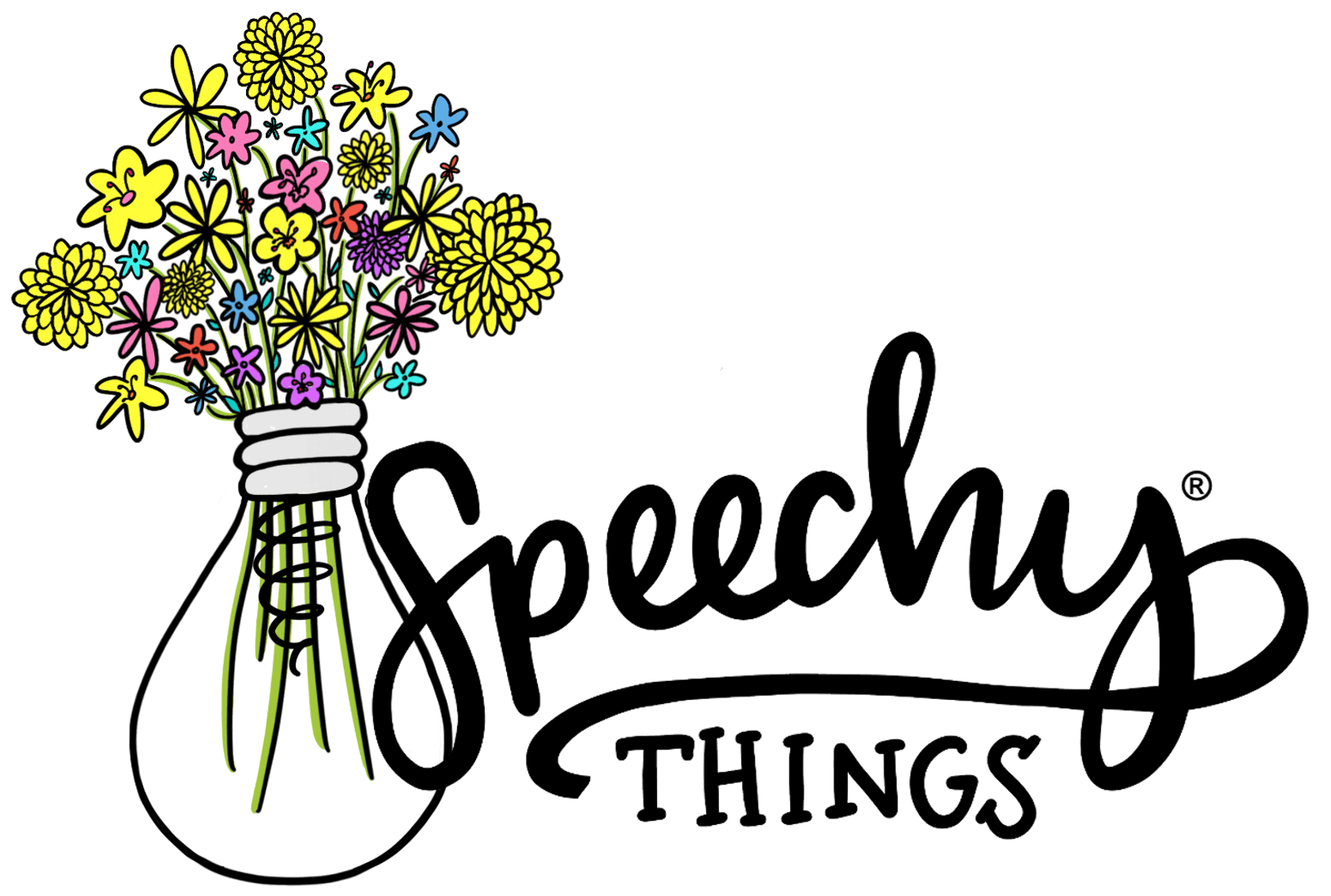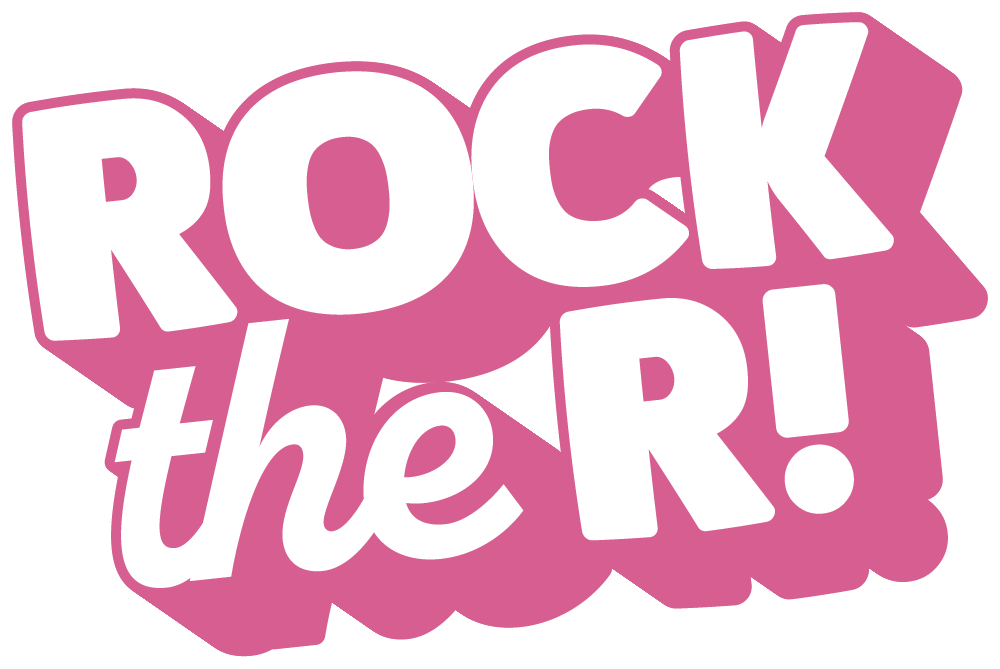The principles of motor learning (PML) are evidence-based “keys” to how the human brain learns a new skill or motor plan. This blog post shares simple ways to include PML into your speech therapy sessions TODAY- whether for the /R/ sound or any articulation therapy session. These simple changes can make a BIG impact for your students.
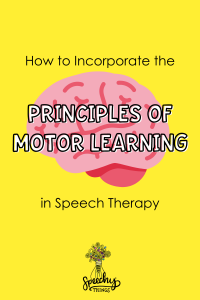
HIGH TRIALS
Different research studies recommend a variety numbers but, in general, 50 trials is the MINIMUM per session. Aiming for about 100 trials per session is a great goal. And, please note, that this means accurate trials. If the production is incorrect… it doesn’t count!
FEEDBACK
This is a complex topic! The feedback we provide students in articulation therapy changes as therapy goes on. In early therapy, feedback should be specific and frequent (or immediate). As time goes on feedback should change. We work our way to less frequent (or delayed) and more general feedback to increase independents. So what might that look like?
EARLIER THERAPY: after each trial, give specific “knowledge of performance” feedback (describing what the articulators did)
LATER THERAPY: after every few trials, give “knowledge of results” feedback (a general statement on whether their products are correct or incorrect)
How do you know when to adjust your feedback? Well… that depends on the student. Sometimes your feedback can change in the same session and other times it may take a while. The bottom line is- give the student only as much support as they need to maintain accurate productions.
BLOCKED VS RANDOMIZED PRACTICE
In early therapy, blocked practice is ideal. This means you practice the same target in a “block” of high trials. For example, you may choose around 5 words to focus on early on in therapy. As time goes on and you work toward generalizing the new sound to other contexts, randomized practice is best. In terms of the /R/ sound, this means you may choose more target words and a variety of contexts. So, for example, in early therapy, you may spend an entire session practicing the same 5 BR blend words. Later on, you may have a mix of 15-20 /R/ words that include blends, vocalic /R/s, and initial /R/ words- still aiming for high trials.
INCREASE COMPLEXITY
Target selection is something else to consider for your speech therapy sessions. Of course, we can work up the articulation hierarchy by practicing syllables, then monosyllabic words, then multisyllabic words, then phrases, then sentences, then conversation. We can also consider facilitative contexts and look at what words, in terms of the movement of the tongue and demands on the articulators, are least to most complex. This is another blog post for another day!
ENCOURAGE SELF-EVALUATION
Self-evaluation is a HUGE key to success in any sort of therapy for speech sound disorders. Start working on the skill of self-awareness and self-evaluation from the very first therapy session. It will ensure your students are active participants in the speech therapy process AND build the skills they will need to self-correct and establish carryover later in therapy.
INCLUDE MORE PERCEPTUAL TRAINING
If you want to know more about perceptual training, check out this blog post. Basically, train those ears to be able to HEAR when the sound is correct. This plays in perfectly with self-evaluation. If you need to work on perception training with an /R/ student, I have a freebie for that.
Alrighty! That’s the quick version of incorporating the principles of motor learning into your articulation speech therapy sessions! If you found this helpful, please share with a colleague! Also, if you’re looking for more speech therapy EBP, be sure to follow on Instagram and sign up to get VIP emails and freebies!
You’ve got this!

SOURCES:
Edeal & Gildersleeve-Neumann, 2011
Manes & Robin, 2012
Murray, McCabe, & Ballard, 2012
Preston et al., 2014
Yoder, et al., 2012





